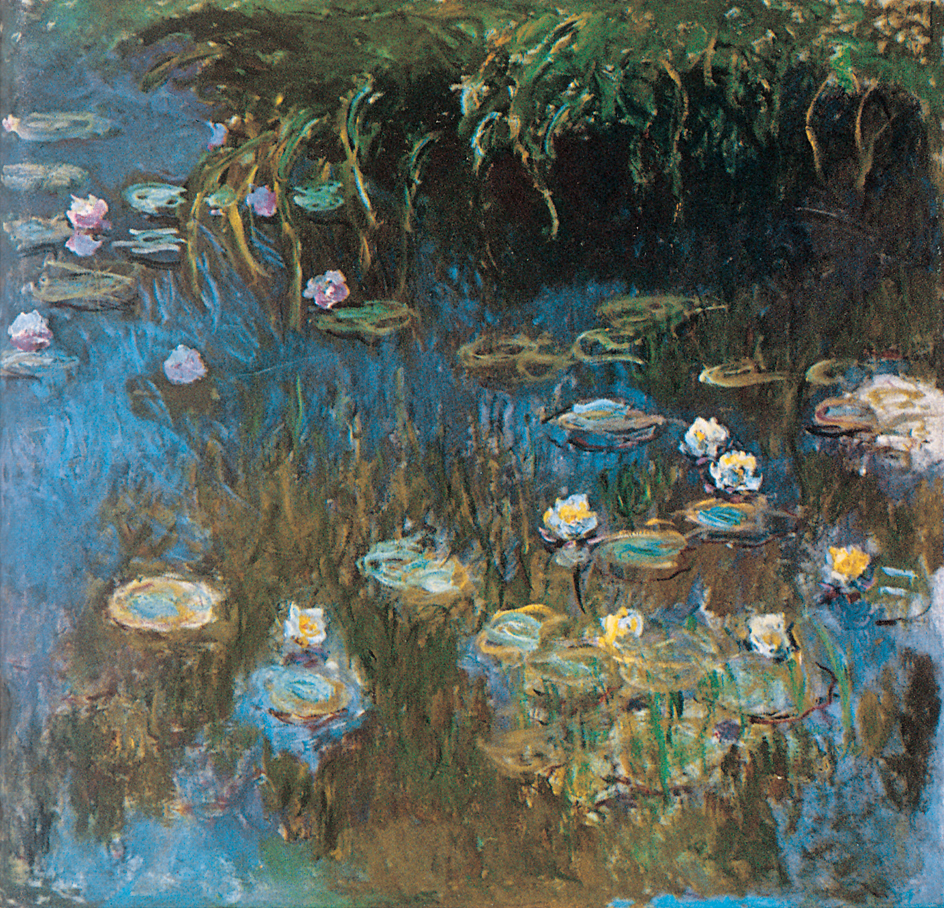Monet, << moh NAY or maw NEH, >> Claude (1840-1926), a French painter, was a leader of the Impressionist movement. He influenced art by trying to paint his personal, spontaneous response to outdoor scenes or events. Earlier artists had also painted outdoor studies rapidly–almost in shorthand. But they used such studies as “notes” for more elaborate pictures painted in the studio. Monet was the most important of the artists who first allowed their initial impressions of outdoor scenes to stand as complete works. He was especially concerned with the effect of outdoor light and atmosphere. This concern can be seen in his La Grenouillere (1869) and Old St. Lazare Station, Paris (1877).

Monet was born in Paris. In 1874, he exhibited a landscape called Impression: Sunrise (1872) in a show. This patchily textured work caused one critic to skeptically call the entire show impressionist, which gave the movement its name. See Impressionism.
Monet’s fascination with light led him to paint several series of pictures showing the effect of sunlight on a subject. For example, he painted views of a cathedral or of a haystack under changing atmospheric conditions and at different hours of the day. An example is Rouen Cathedral, Full Sunlight.

In 1883, Monet settled in Giverny, located near Vernon. There, at his country home, he painted garden scenes. In addition, he painted a series of large pictures of water lilies. The freely brushed colors of the lilies influenced later abstract painters.
